According to the general requirements of “internationalization, high quality and characteristic”, it is built as a new international boarding school with typical characteristic of internationalized education. The construction area is around 54000 m2, which covers all learning stages from primary school to high school.
In terms of education architecture, the first phase contains international school teaching building, complex building, administrative office, school restaurant, international student dormitory and stadium, etc. The second phase includes gymnasium, international education center and additional dormitories.
Concept Introduction
“Folded Courtyard” is the core design concept of this school. The stereoscopic organization of school space unfolds in both horizontal and vertical directions. By being bended horizontally, the site is subdivided into different courtyards corresponding to different functional requirements: teaching, activities, livelihood, administration, recreation and etiquette, etc.
Each is placed in its proper place; at the same time, in the vertical direction, the platforms for different teaching space become activity space which is overlapped, open and active. There are vertical connections among different floors. Thus the air settlement is established under the premise of large partition of “folded courtyard”. Meanwhile, due to the existence of “folded courtyard”, the pressure on ground activity area is reduced obviously. That makes it possible to plant lots of trees in ground yard.
Project Innovation
“Zero Distance” space conversion: on the one hand, the internal space is wrapped by platforms in layers. When room’s door is opened, users will enter continuous public space, and the space conversion in horizontal becomes the shortest; on the other hand, vertical connection becomes the most important element in the space system.
The vertical space element is no longer defined as stairs and steps. Vertical height space and terrace are designed in purpose to strengthen communication among different layers. That makes the process of vertical traffic become a process of public activities. Thus a conceptual “Zero Distance” organization mode is created between the internal space and the external space. This organization mode also creates a new space carrier for the new teaching mode.
Design Challenges
The contradiction between limited project land use and the high demand of international teaching mode for the site is the biggest challenge in this design. Under the pressure of maximize the playground, Hanvos School takes the approach of “asking for space from the sky”: the school core public space is located at the top of building terrace, and basic teaching unit rooms are at the bottom of terrace.
The way of access is from the bottom up, and public space is not only permeated to the whole campus through different vertical traffic, but also connects different layers of public space as a whole. This maximizes the connection between the entire public space and the outside. All playground faces to the sky and gets the best light and views. In fact, the final addition of more than 10000m2 aerial platform is a small record for school design. Source by DC Alliance.
- Location: No. 619, West Yonghe Road, Luotuo Street, Zhenhai District, Ningbo, China
- Architect: DC Alliance
- Design Team: Dong Yi, Wang Han, Chen Cheng, Hu Zhuolin, Huang Zhigang, Zhou Yuandan, Long Bin, Liu Lili, Zhou Yang
- Site Area: 53330 sqm
- Building Area: 67045.38 sqm
- Completion: 2019.12
- Photographs: Liu Yang, Xing Zhi Ying Xiang, Courtesy of DC Alliance

Photo © Xing Zhi Ying Xiang 
Photo © Liu Yang 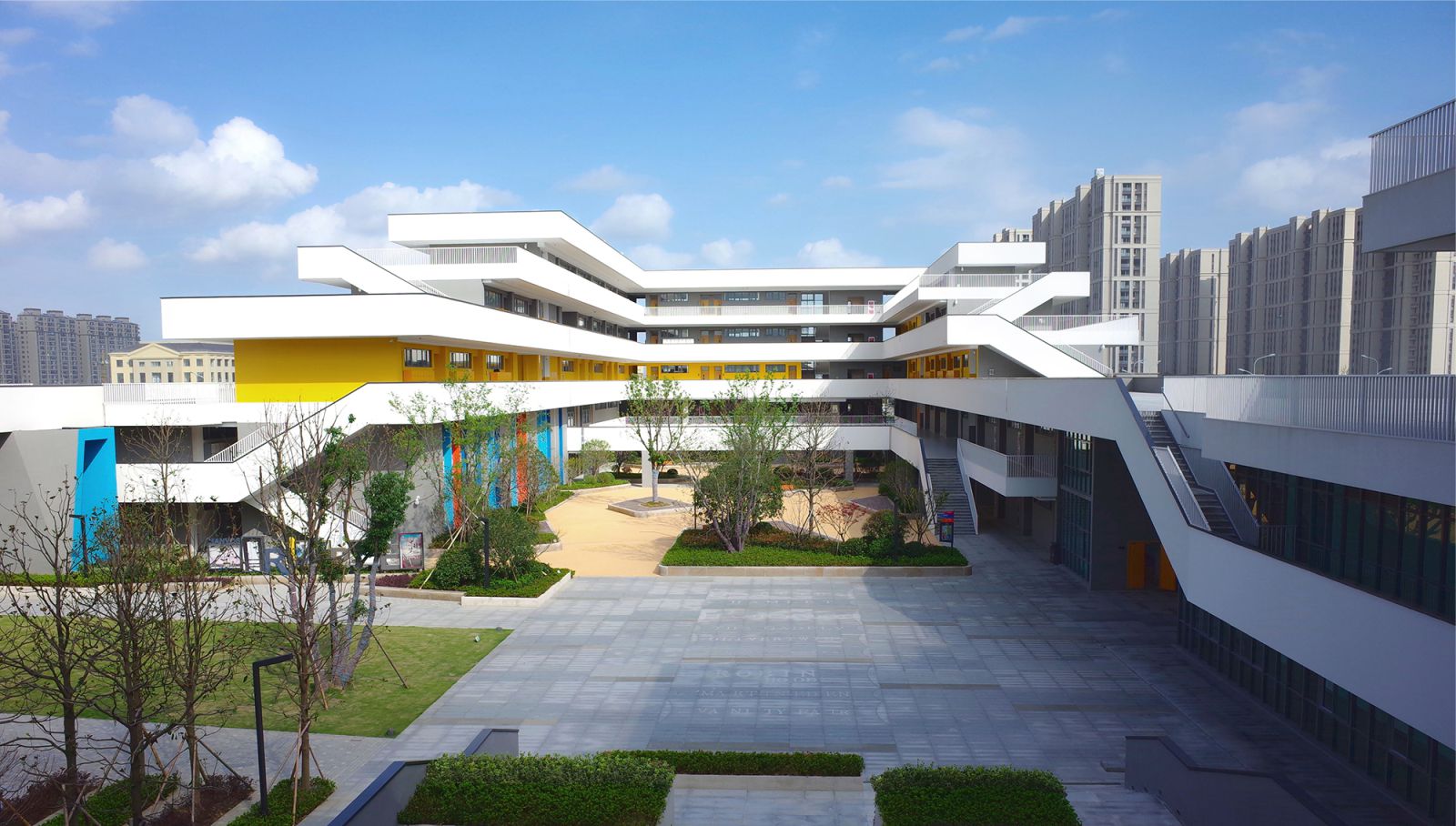
Photo © Liu Yang 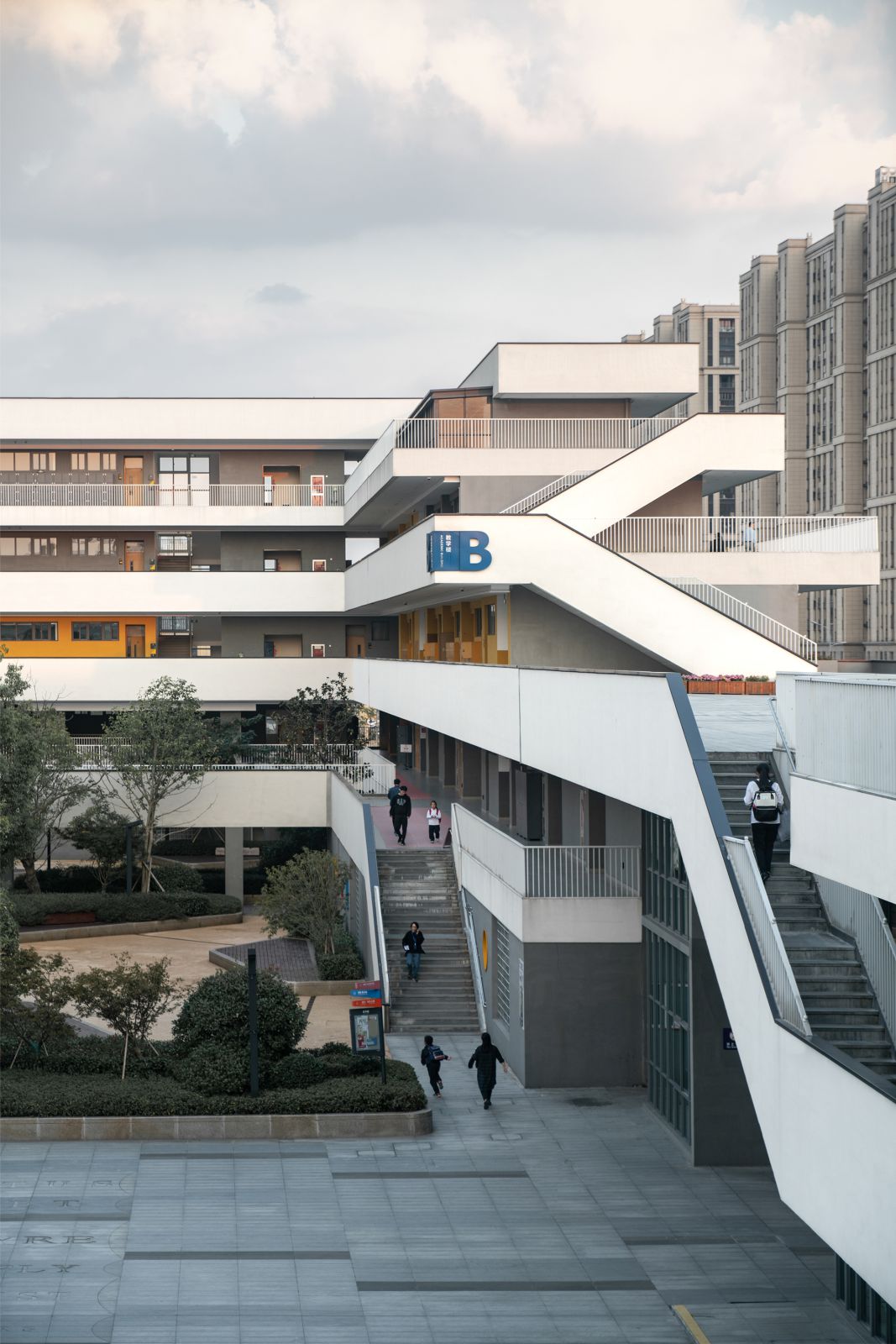
Photo © Xing Zhi Ying Xiang 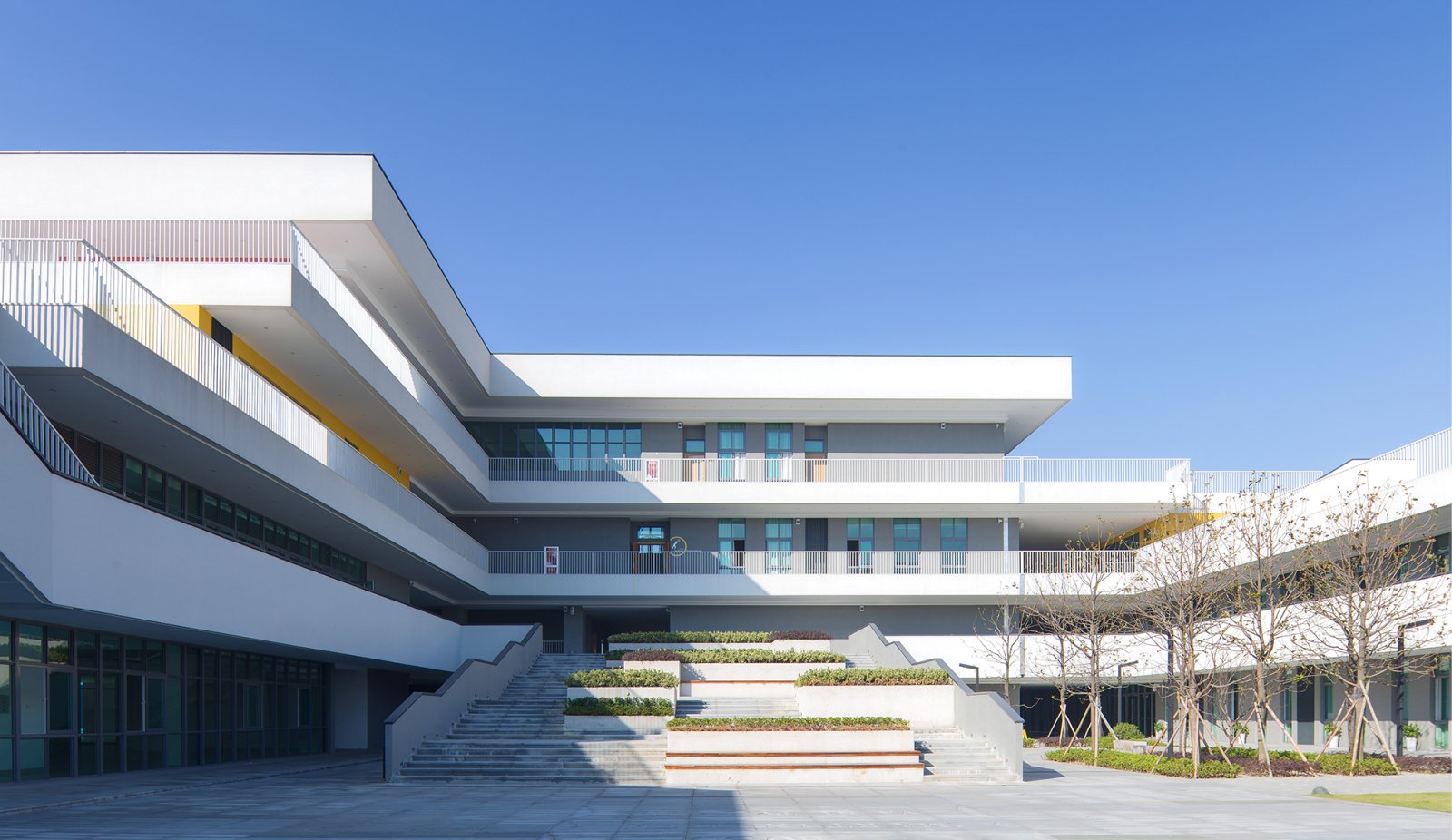
Photo © Liu Yang 
Photo © Liu Yang 
Photo © Liu Yang 
Photo © Xing Zhi Ying Xiang 
Photo © Liu Yang 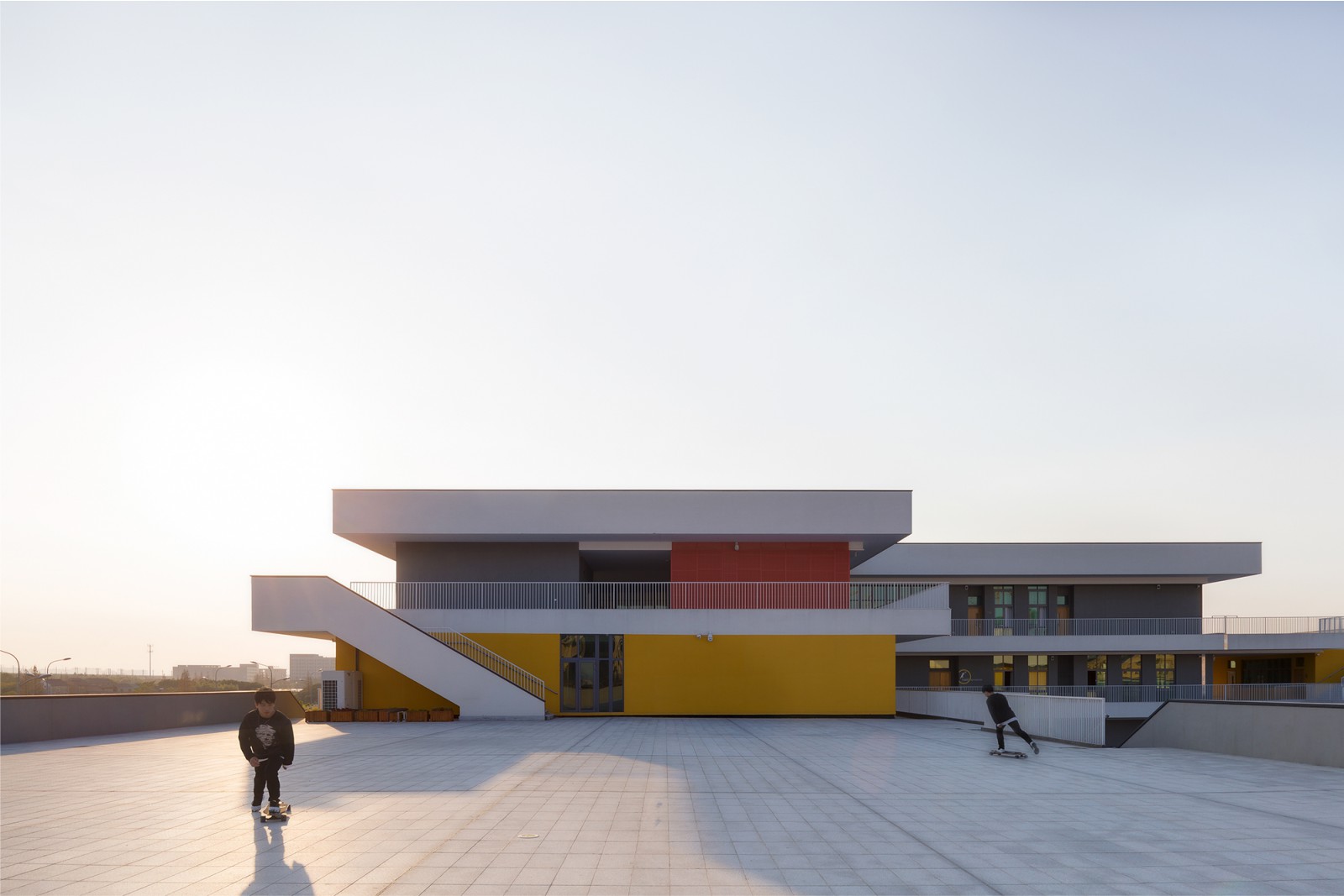
Photo © Liu Yang 
Photo © Liu Yang 
Photo © Liu Yang 
Photo © Xing Zhi Ying Xiang 
Photo © Xing Zhi Ying Xiang 
Photo © Liu Yang 
Photo © Liu Yang 
Photo © Liu Yang 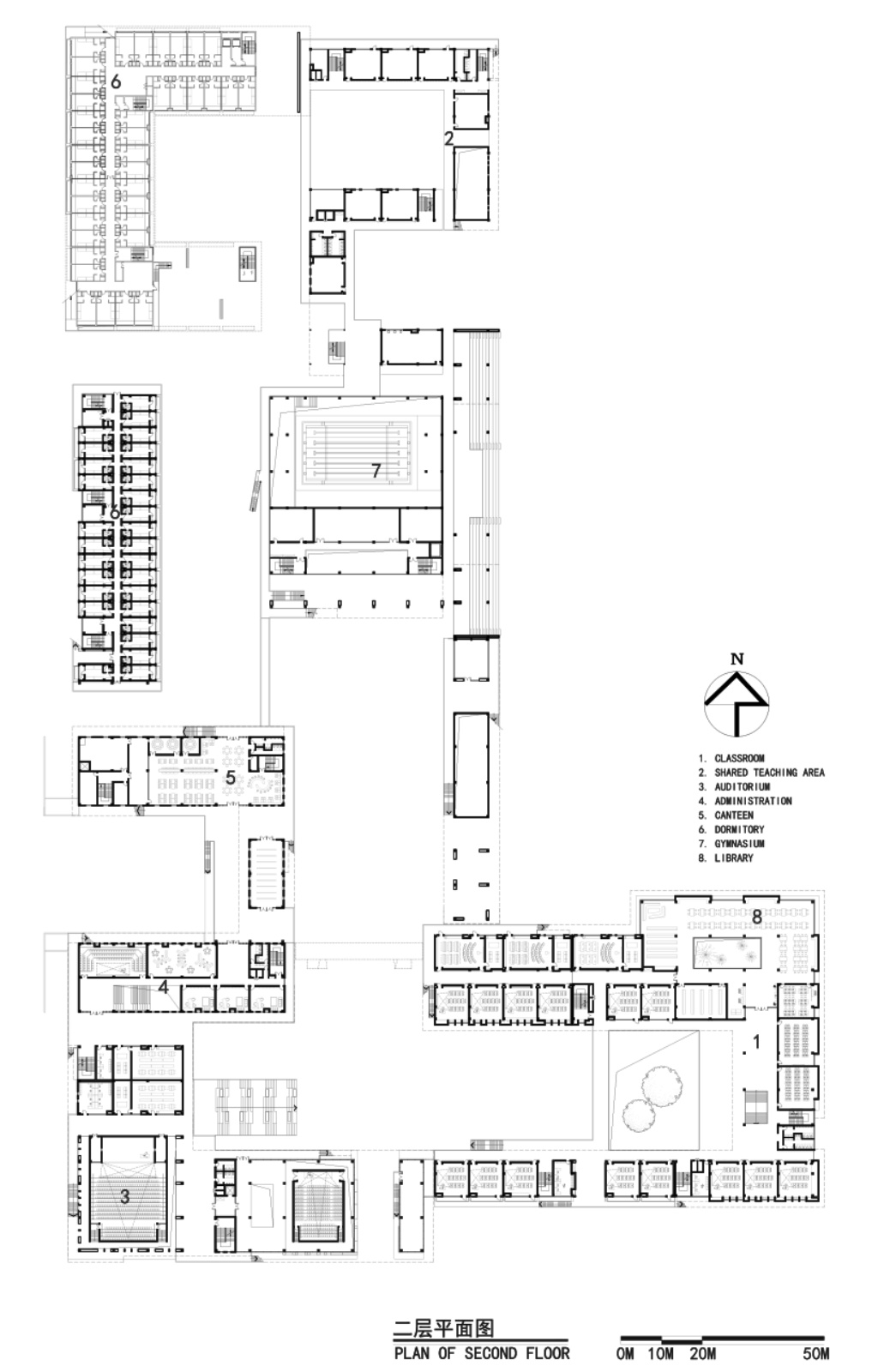
Second Floor Plan


Coming from the standpoint of a fellow associate within this business, I in fact enjoy your write-up. I have continuously been in in reality like with this production all my life so I have developed a conversation board for market specialists to come together and discuss all things in this business. You gave me some fantastic principles for my own web site.